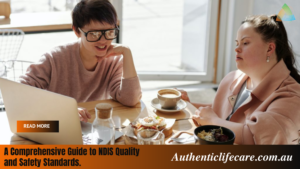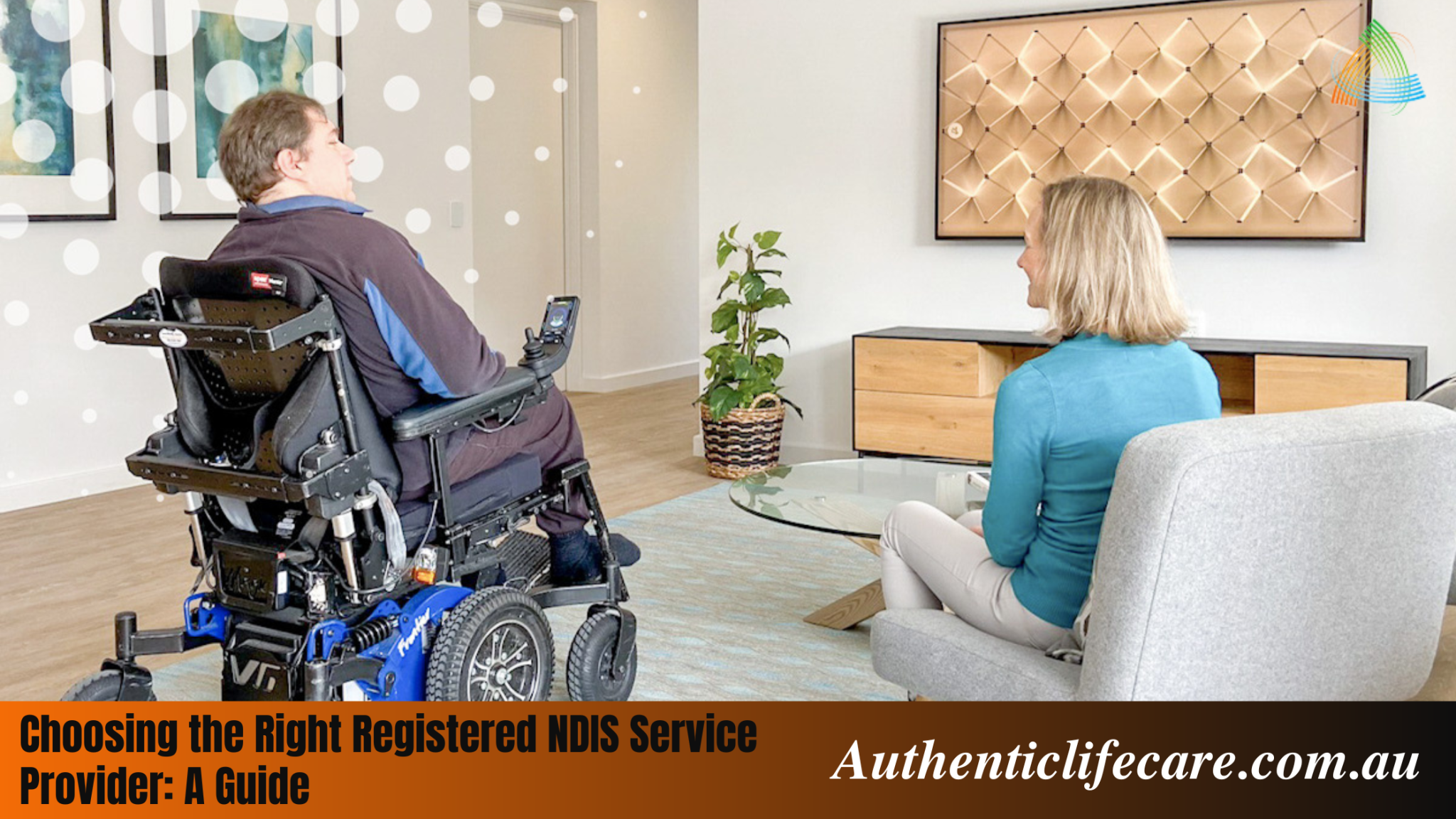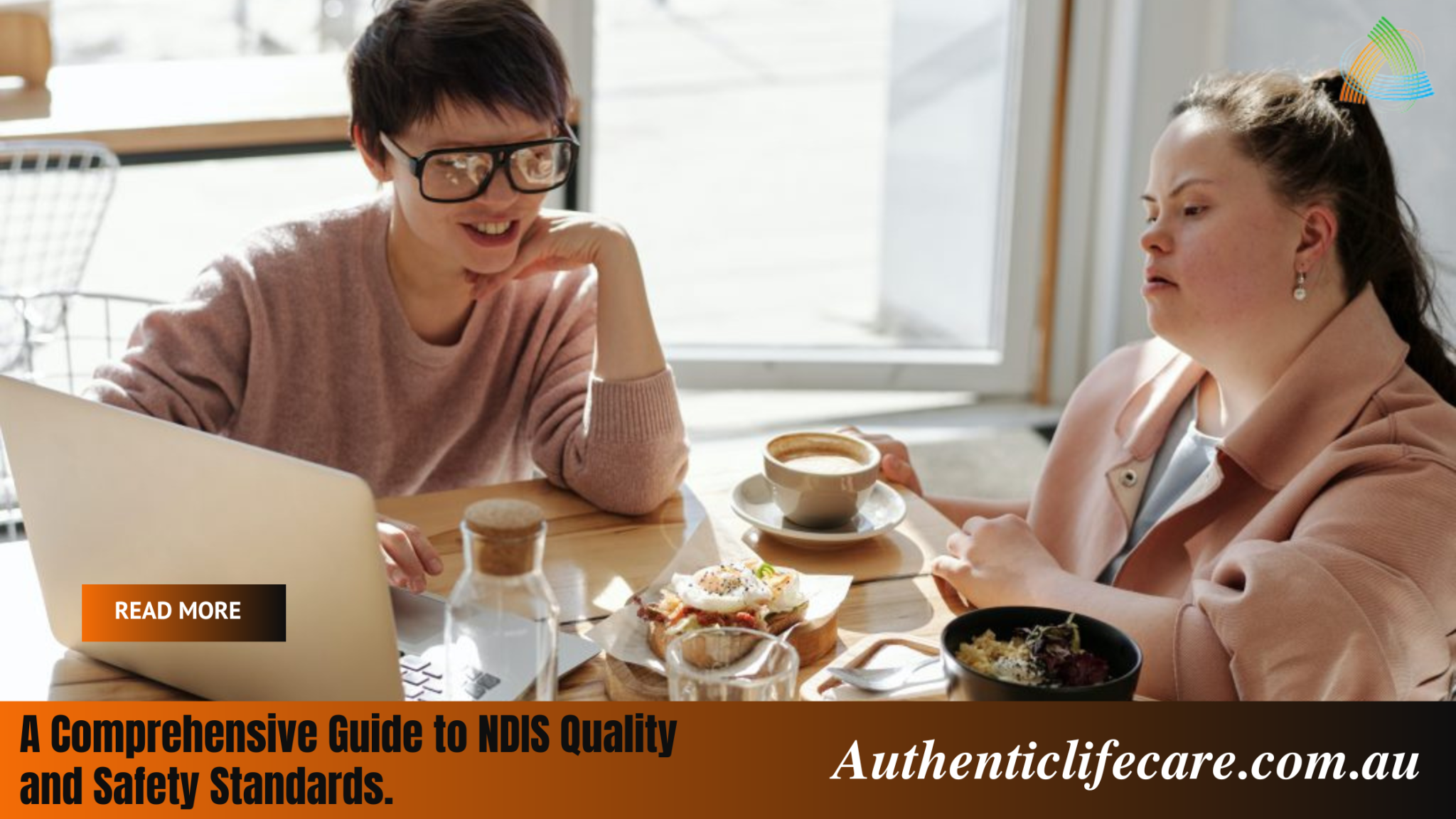Supported Independent Living (SIL) can help you reach your aim of living more independently if you are an NDIS participant.
What exactly is SIL?
SIL provides day-to-day help to people with disabilities around the clock (24 hours). It can be extremely beneficial if you need more help than your informal support network can supply and wish to improve your ability to live independently.
If you have SIL as part of your NDIS plan, you can obtain day-to-day assistance with:
Help with domestic chores such as cooking and cleaning Getting involved in social and community activities Personal attention Getting to and from appointments, and more What are the distinctions between SIL and SDA?
Both SIL and Specialist Disability Accommodation (SDA) seek to help people live independently, so it’s easy to get them mixed up. However, while SIL focuses on the services given in the home, SDA focuses on the physical home, such as changes to your home to meet your specific needs.
As a result, SIL will not cover your rent, home renovations, activities covered by other NDIS funding, or any other costs.
What are the criteria for SIL funding?
If your NDIS plan includes SIL, you’ll be eligible for special funding under the category Assistance in Daily Life. You can’t utilise your flexible Core budget to access it, despite the fact that it’s officially a Core Support.
The quantity of SIL funding provided by the NDIS is determined by how much assistance is required. The amount will be determined by a SIL provider’s quote and any accompanying documents, such as an Occupational Therapist’s (OT) report.
Your Support Coordinator will help you examine your housing aspirations, discover and connect you with the most appropriate SIL provider, and arrange all of your supporting documents, which is an important component of securing SIL funding.
How do I incorporate my sister-in-law into my plan?
If you think SIL could help you live the life you want, here are the actions you should take:
Have an OT assess you to see what amount of assistance you need and whether you’re eligible for SIL funding.
Contact your support coordinator, who will assist you to identify and linking you with the best housing and SIL options. Based on your support requirements, the SIL provider will generate a quote. Your support coordinator will fill out a change of circumstances form and send it to the NDIS, indicating that you want to move into SIL housing. The NDIS will look at all of the supporting documentation as well as the quote from the SIL provider to see if it’s reasonable and essential. In this step, they’ll work directly with the SIL supplier. You can start your journey in SIL housing once you’ve been approved.













